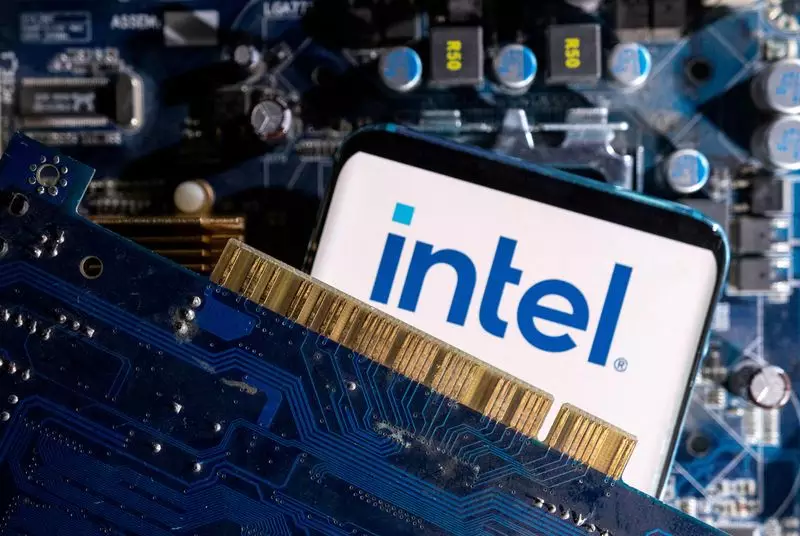In a significant move that underscores the United States’ commitment to revitalizing its semiconductor industry, Intel has secured a substantial package of subsidies amounting to $7.86 billion. This financial windfall, announced by the U.S. Commerce Department, is part of an ambitious initiative featuring a total allocation of $39 billion dedicated to bolstering domestic chip production. This effort not only includes Intel but also extends to other industry giants like Taiwan Semiconductor Manufacturing Company (TSMC). The emphasis is clear: foster domestic chip manufacturing to restore the U.S.’s competitive edge in critical technology sectors.
While the subsidy presents a lucrative opportunity, it also imposes strict conditions on Intel, particularly regarding its future corporate structure. Central to these stipulations is the requirement that Intel must maintain ownership of at least 50.1% of its newly proposed subsidiary, Intel Foundry, if the spin-off is executed. This regulation raises critical questions about the company’s flexibility to attract external investments, as it may hinder Intel’s plans to fully capitalize on the changing landscape of semiconductor manufacturing.
Intel’s CEO, Pat Gelsinger, had previously indicated an openness to partnerships and outside investments, signaling a potential shift in how the company operates. However, the newly revealed conditions could complicate these ambitions. Should Intel Foundry go public, the company is further restricted from relinquishing more than 35% ownership to any single investor, thereby limiting its ability to maneuver and attract significant capital infusion from the market.
The stringent regulations are not merely bureaucratic footnotes; they represent critical operational limitations for Intel. Compliance with the conditions tied to the subsidies is essential for the continuation of substantial projects valued at $90 billion that span multiple states, including Arizona, New Mexico, Ohio, and Oregon. These projects are pivotal not only for Intel’s growth but also for the broader goal of establishing a robust domestic semiconductor supply chain.
Moreover, any changes in ownership structure could trigger oversight from the U.S. Department of Commerce. The notion of needing government approval for strategic shifts adds a layer of complexity to Intel’s operational strategy. Executives must now navigate a maze of compliance requirements while simultaneously striving to innovate and expand.
The implications of this subsidy deal extend beyond Intel; they underscore a broader trend within U.S. economic policy aimed at reinforcing national security by ensuring a reliable domestic source of semiconductor manufacturing. As technological dependency on semiconductors intensifies—spanning industries from automotive to consumer electronics—the stakes for maintaining a competitive manufacturing infrastructure are incredibly high.
While the $7.86 billion subsidy positions Intel favorably within the domestic manufacturing landscape, the accompanying restrictions necessitate cautious navigation of both compliance and strategic growth. The industry’s future may well depend on how effectively Intel can reconcile its ambitions for independence with the realities of government oversight and financial constraints.

